AWS re:Invent: All the big updates from the rapid fire day-two keynote
AWS re:Invent has had no shortage of talking points so far
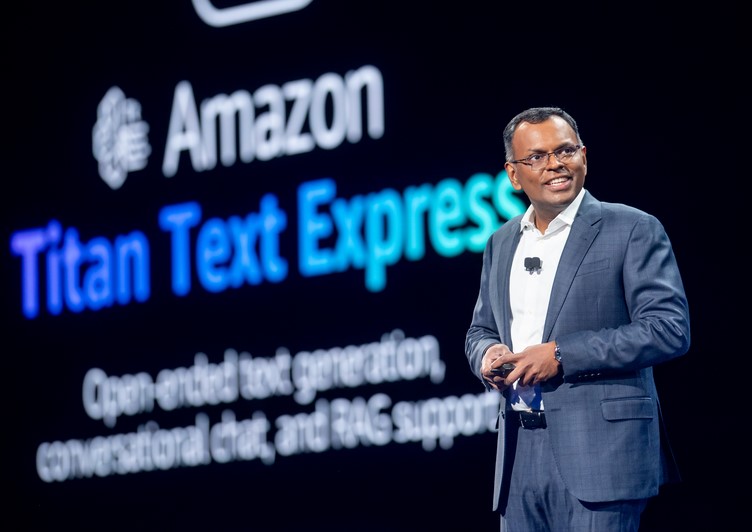

While the curtain may have closed on the day two keynote at AWS re:Invent, momentum at the annual flagship conference shows no sign of slowing.
AWS CEO Adam Selipsky began proceedings on Tuesday in the opening keynote, showcasing the cloud giant’s meteoric performance so far this year and its unrelenting pursuit of dominance in the generative AI space - and it certainly appears to be working.
A slew of new product announcements flowed throughout his enthusiastic two-hour keynote, including the exciting launch of Amazon Q, the firm’s AI assistant that could prove to be a game changing move for AWS in the ongoing AI race.
Updates to Amazon S3, deeper ties with Nvidia, and more intuitive, security-focused features for Amazon CodeWhisperer made for a truly captivating day. And we were just hours into the conference.
Bedrock steals the show at AWS re:Invent
Day two at AWS re:Invent saw Swami Sivasubramanian, VP for data and AI at the cloud giant take to the stage. Sivasubramanian’s keynote was almost too much to take in at times, giving attendees a series of rapid-fire product announcements spanning virtually every aspect of AWS operations.
Amazon Bedrock, the firm’s LLM framework which gives users access to a host of both in-house and third-party foundation models, saw two big announcements.
Anthropic’s Claude 2.1 foundation model, which launched last week, will now be available for customers using the platform. Claude 2.1 is a behemoth of a foundation model. Offering a 200k token context window, the model is twice the capacity of the previous iteration, and more than three times that of GPT-4.
Get the ITPro daily newsletter
Sign up today and you will receive a free copy of our Future Focus 2025 report - the leading guidance on AI, cybersecurity and other IT challenges as per 700+ senior executives
MORE ON CLAUDE 2.1
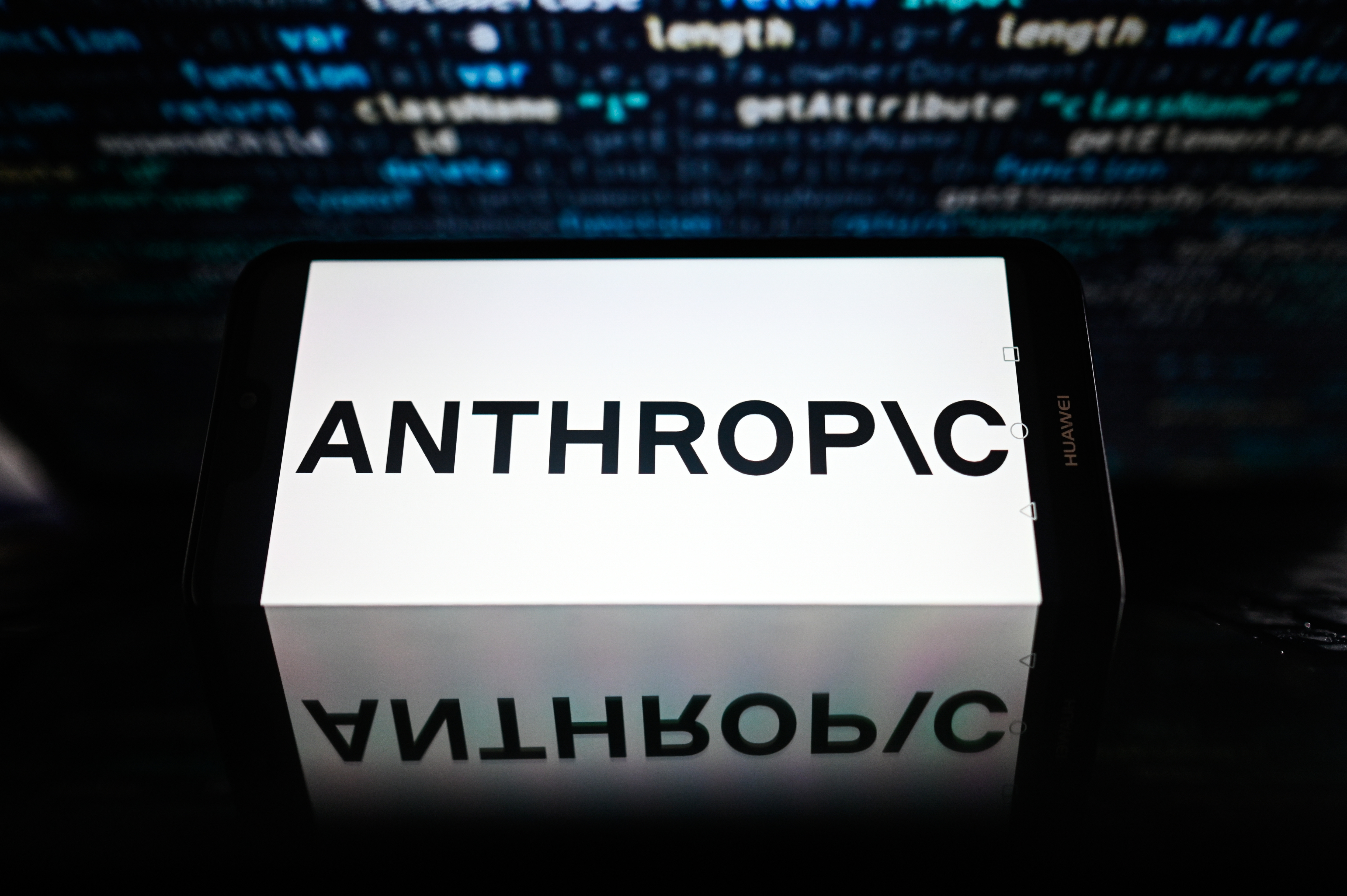
And it’s far more accurate. This latest model has halved the number of ‘hallucinations’, whereby a model presents false information as factually correct.
Meanwhile, Meta’s Llama 2 70B model will also be plugged into the platform. An equally impressive open source model, Llama 2 is specifically fine-tuned for chase use cases, Sivasubramanian told attendees.
Bedrock customers could soon become swamped with a plethora of tantalizing options, but this is far from a bad thing. The framework is fast becoming an unrivaled platform for organizations seeking to dab their hands in generative AI and unlock marked improvements to operational efficiency.
Amazon SageMaker announcements
In addition to Bedrock announcements, Sivasubramanian revealed a slew of new capabilities for Amazon SageMaker, the firm’s managed service that allows customers to build AI tools in a cost-effective manner.
The launch of SageMaker HyperPod will likely be an impactful addition to the AWS portfolio, offering users the ability to accelerate model training times by around 40% and significantly reducing both the strain and cost of training AI models.
Model training has proven a cumbersome, intensive process for organizations so far, and AWS’ attempts to reduce this burden could prove vital for customers.
Research from CCS Insight in October suggested that “prohibitive” deployment and training costs could even harm adoption rates in 2024.
RELATED RESOURCE
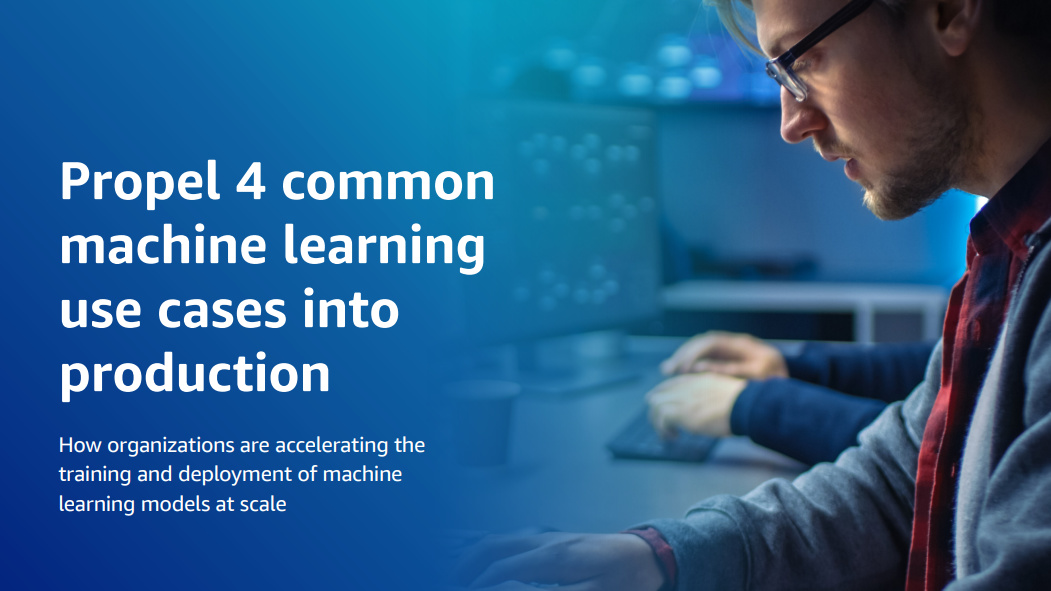
Discover how organizations are accelerating the training and deployment of machine learning models at scale
"This is a big deal," Sivasubramanian told attendees.
This was complemented by the launch of SageMaker Clarify. The application allows customers to evaluate and compare the best models based on their unique business needs.
Throughout the first two days, AWS has been keen to emphasize the importance of experimentation at enterprises to help them identify the best models based on their unique requirements. Clarify could be critical for those still on the fence during those tentative early adoption phases.
A growing number of Titan models
New Titan foundation model launches topped off what was an action packed keynote session during day two.
Amazon’s powerful in-house models - available via Bedrock - are joined by the new Amazon Titan Multimodal Embeddings model and the Titan Image Generator.
The first of these will help customers produce more accurate and contextually relevant search experiences for end users, Sivasubramanian said.
"This enables you to build richer multimodal search and recommendation options," he said. Customers are already using the foundation model, he added, noting that it has enabled some to unlock marked improvements in user search experiences.
"Companies like Opera are using Titan multimodal embeddings to enhance search experience for customers."
The Titan Image Generator appears perfect for organizations operating in the retail, media, or advertising spaces. This model can produce realistic images based on natural language prompts and will also include invisible watermarks to ensure transparency.
A brief run through of the process for creating images through Titan Image Generator showed it to be a highly intuitive and easy-to-use platform.
Sivasubramanian said the model is specifically trained for a “large array of domains”, meaning that businesses spanning multiple industries will likely benefit.
ITPro is live on the ground in Las Vegas for AWS re:Invent 2023. To keep tabs on all of our coverage at the conference, subscribe to our newsletter or follow our daily live blog.

Ross Kelly is ITPro's News & Analysis Editor, responsible for leading the brand's news output and in-depth reporting on the latest stories from across the business technology landscape. Ross was previously a Staff Writer, during which time he developed a keen interest in cyber security, business leadership, and emerging technologies.
He graduated from Edinburgh Napier University in 2016 with a BA (Hons) in Journalism, and joined ITPro in 2022 after four years working in technology conference research.
For news pitches, you can contact Ross at ross.kelly@futurenet.com, or on Twitter and LinkedIn.
-
 Bigger salaries, more burnout: Is the CISO role in crisis?
Bigger salaries, more burnout: Is the CISO role in crisis?In-depth CISOs are more stressed than ever before – but why is this and what can be done?
By Kate O'Flaherty Published
-
 Cheap cyber crime kits can be bought on the dark web for less than $25
Cheap cyber crime kits can be bought on the dark web for less than $25News Research from NordVPN shows phishing kits are now widely available on the dark web and via messaging apps like Telegram, and are often selling for less than $25.
By Emma Woollacott Published
-
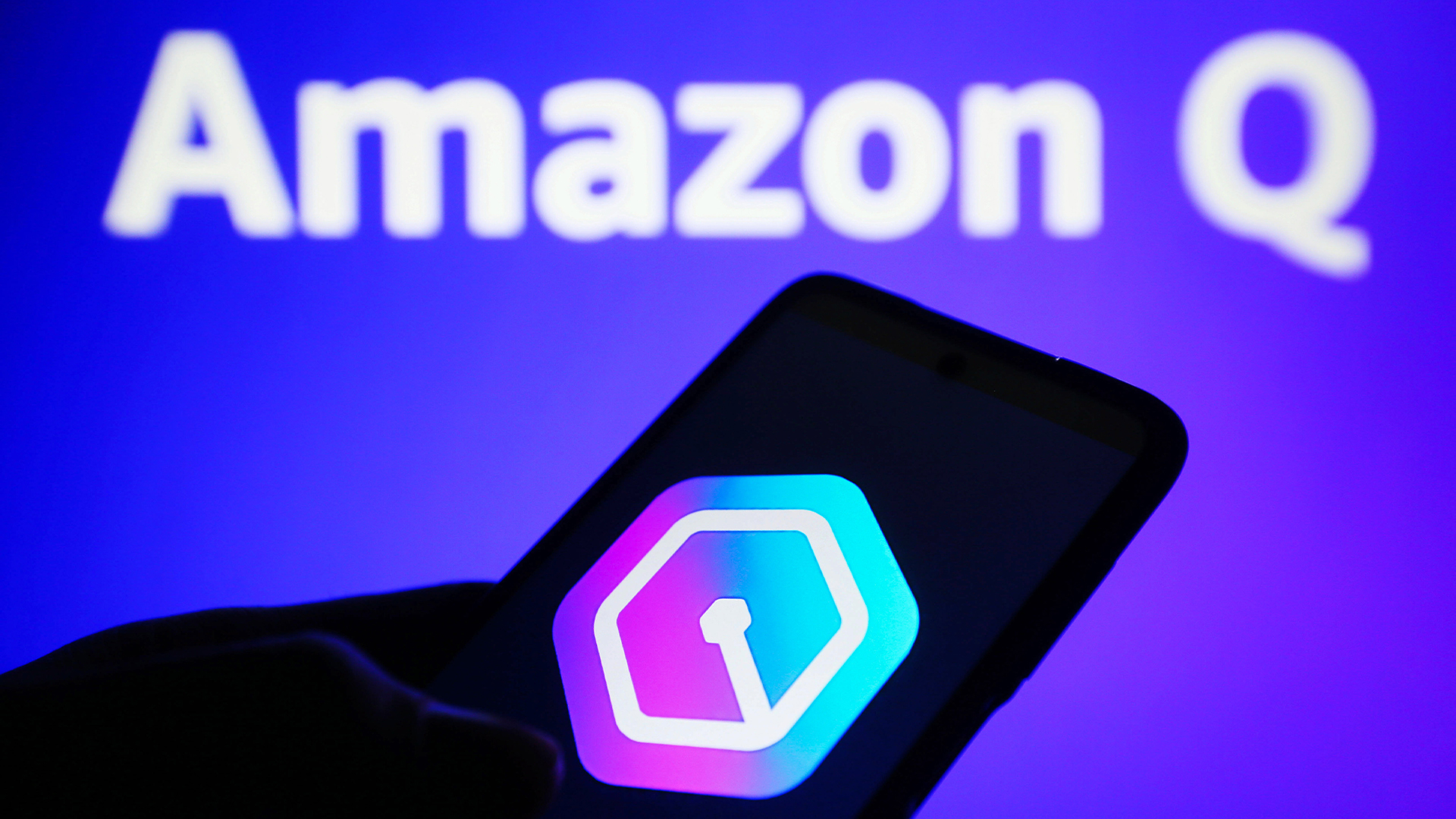 'Customers have been begging us to launch': AWS just rolled out Amazon Q Business in Europe – and it includes new data residency features
'Customers have been begging us to launch': AWS just rolled out Amazon Q Business in Europe – and it includes new data residency featuresNews AWS has announced the availability of its Amazon Q Business platform in Europe in a move sure to please sovereignty-conscious customers.
By George Fitzmaurice Published
-
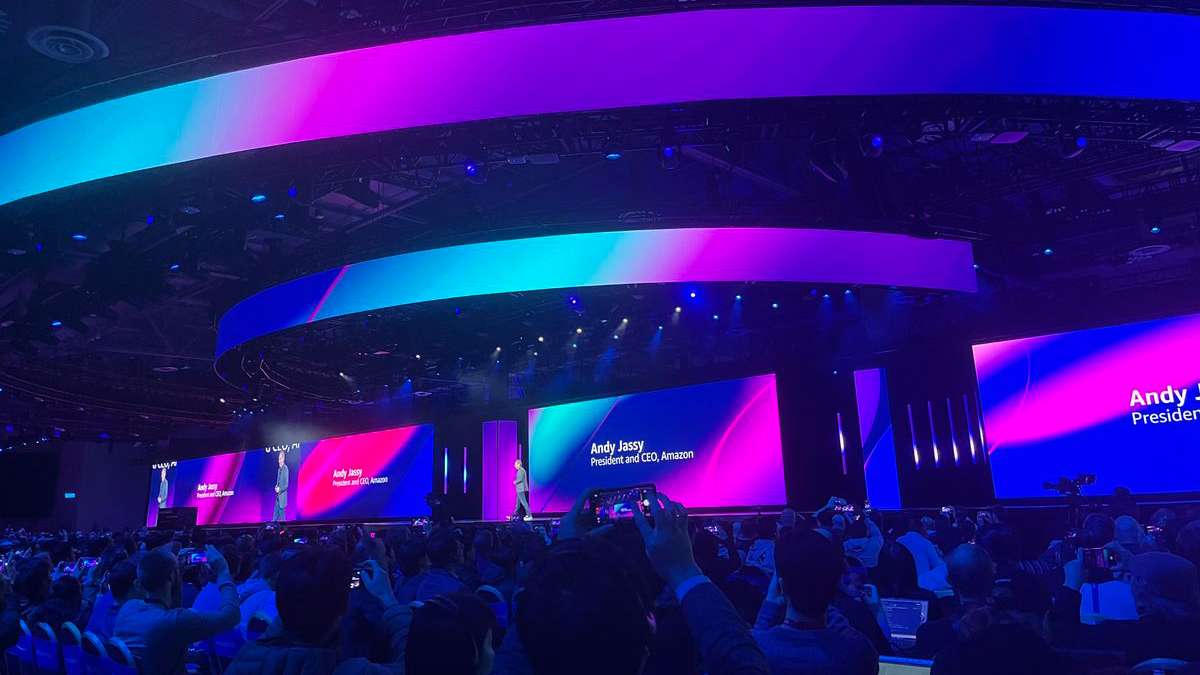 AWS puts AI evolution front and center at re:Invent 2024
AWS puts AI evolution front and center at re:Invent 2024Analysis AWS re:Invent 2024 was a testament to the cloud giant’s commitment to AI diversification as it looks to take market share in the next era of AI
By George Fitzmaurice Published
-
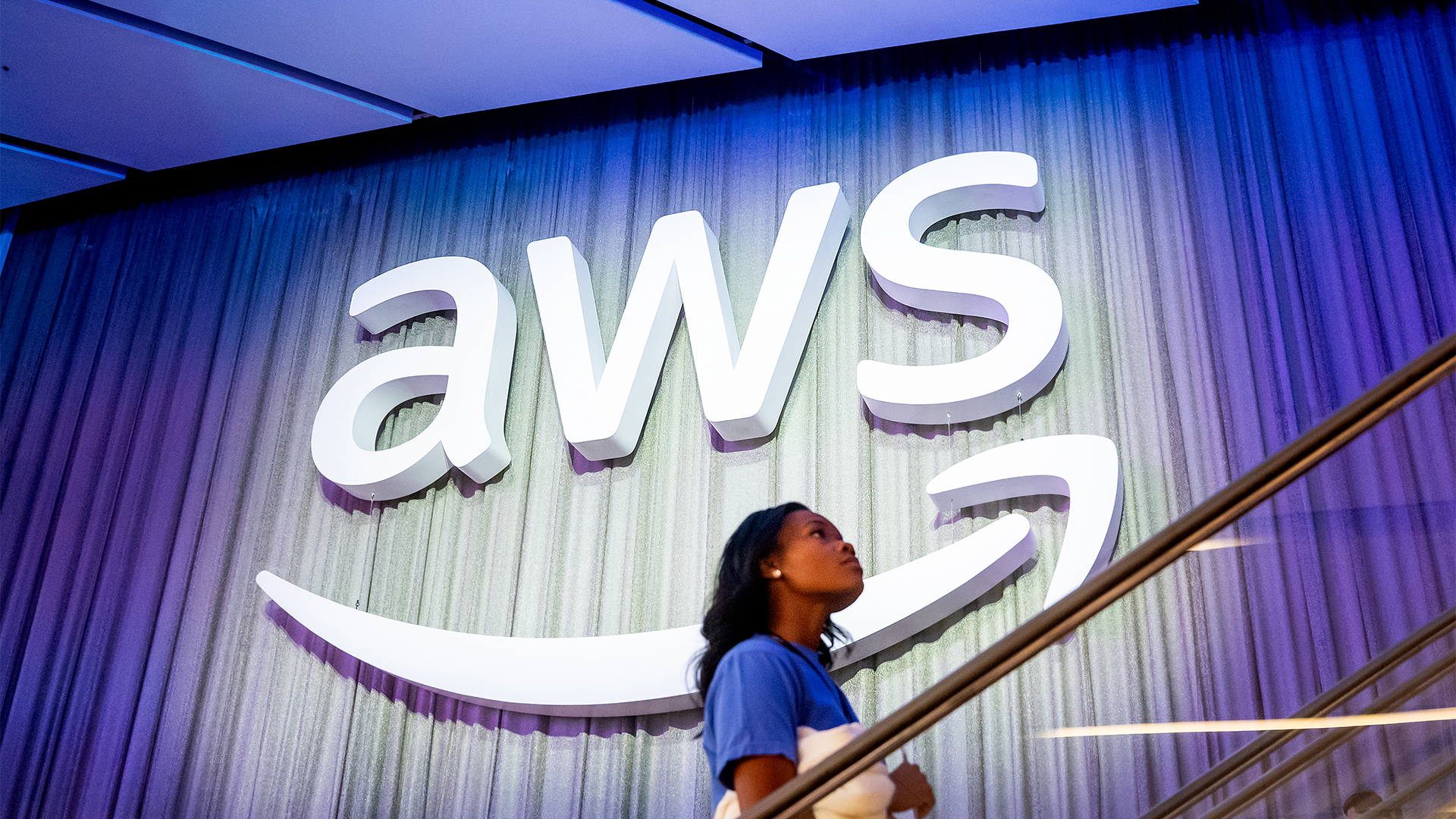 AWS sharpens sustainability focus as AI environmental concerns rise
AWS sharpens sustainability focus as AI environmental concerns riseNews The hyperscaler says sustainability plays a part in core decision-making in the age of AI
By George Fitzmaurice Published
-
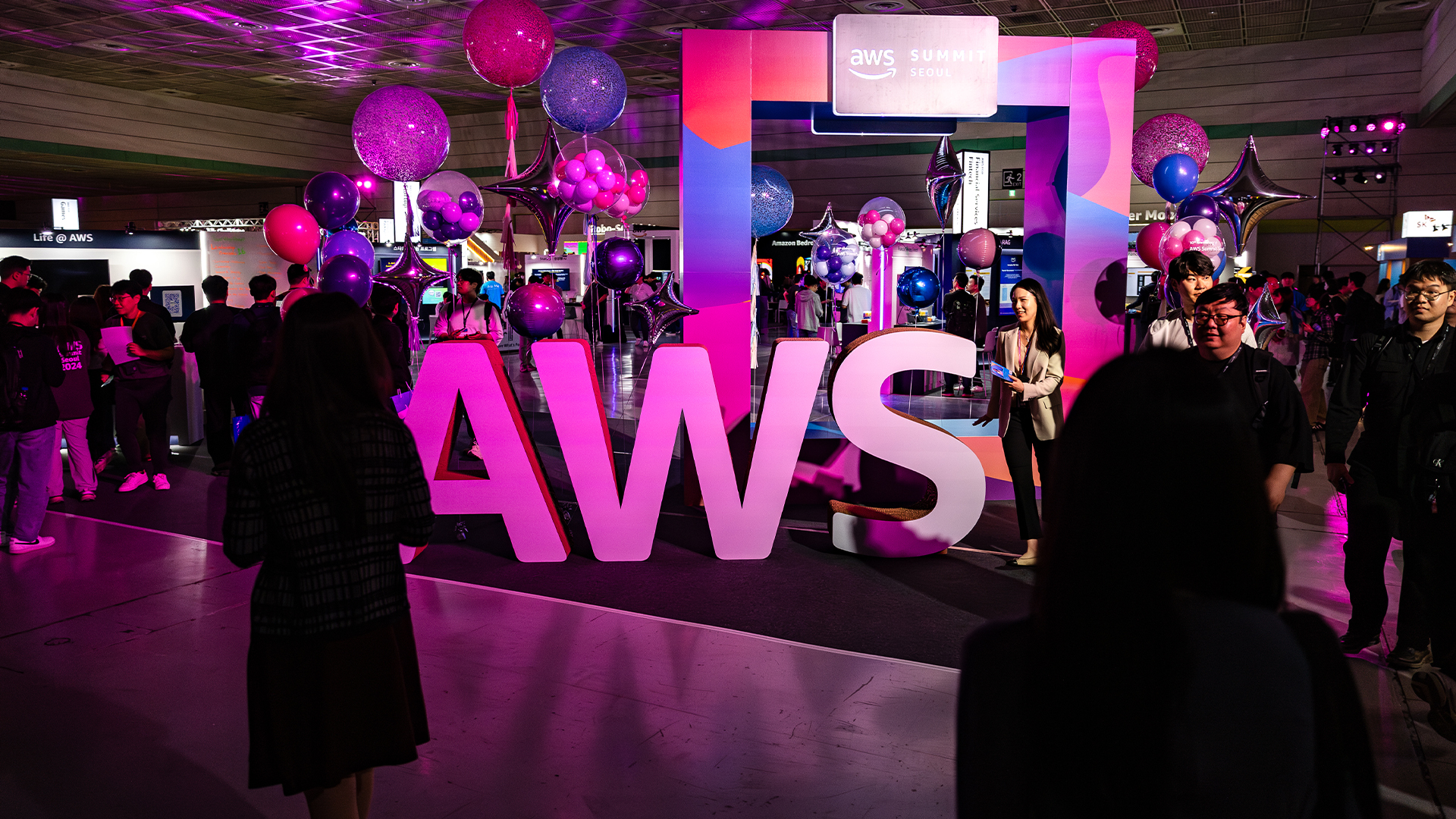 AWS goes all in on AI agents with new features for Bedrock and Amazon Q
AWS goes all in on AI agents with new features for Bedrock and Amazon QNews Agentic customizability is coming to Bedrock and the Amazon Q developer assistant
By George Fitzmaurice Published
-
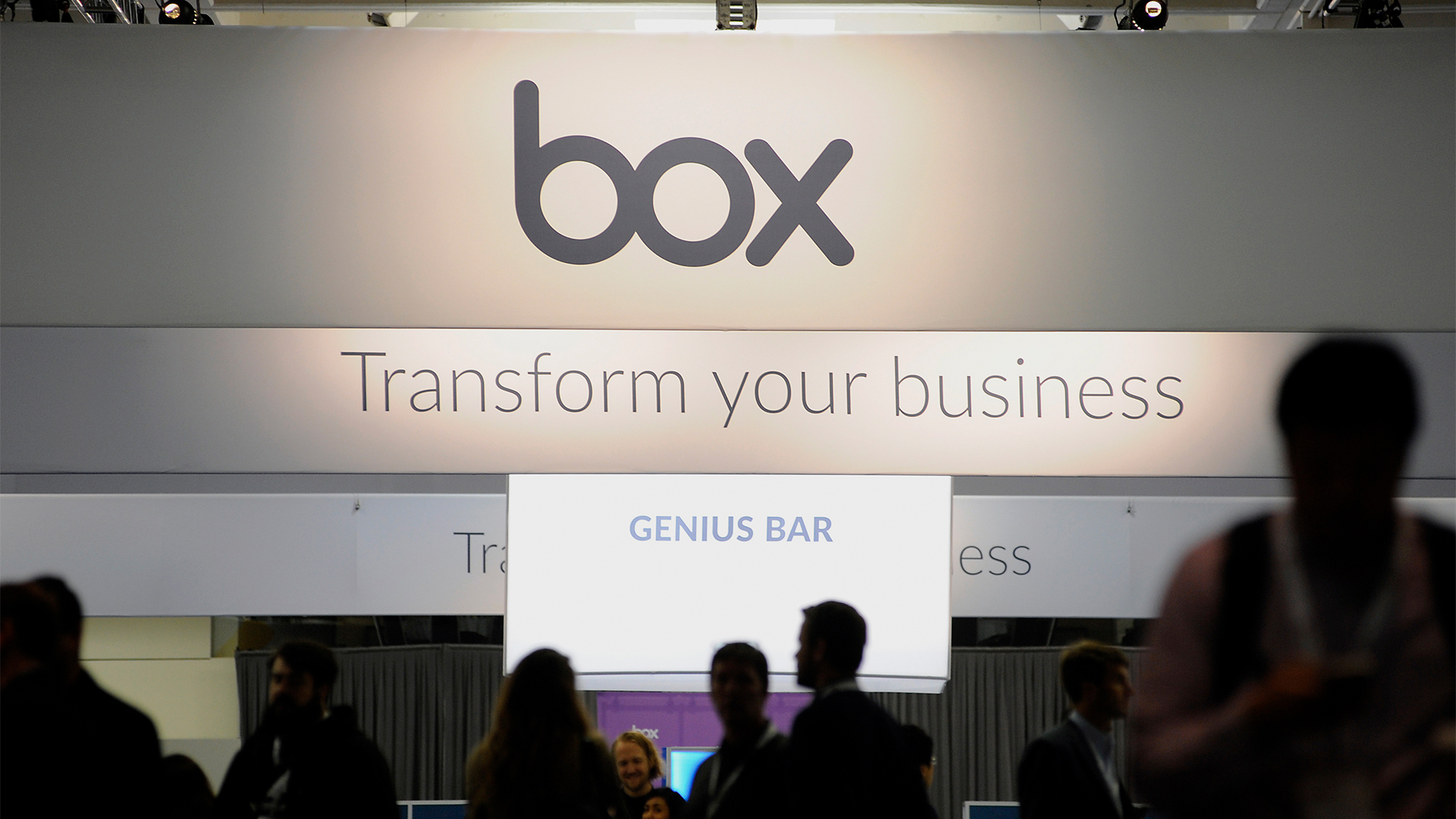 New AWS and Box collaboration brings AI models to enterprise content
New AWS and Box collaboration brings AI models to enterprise contentNews Box customers can now access Anthropic’s Claude and Amazon Titan foundation models within Box AI
By Daniel Todd Published
-
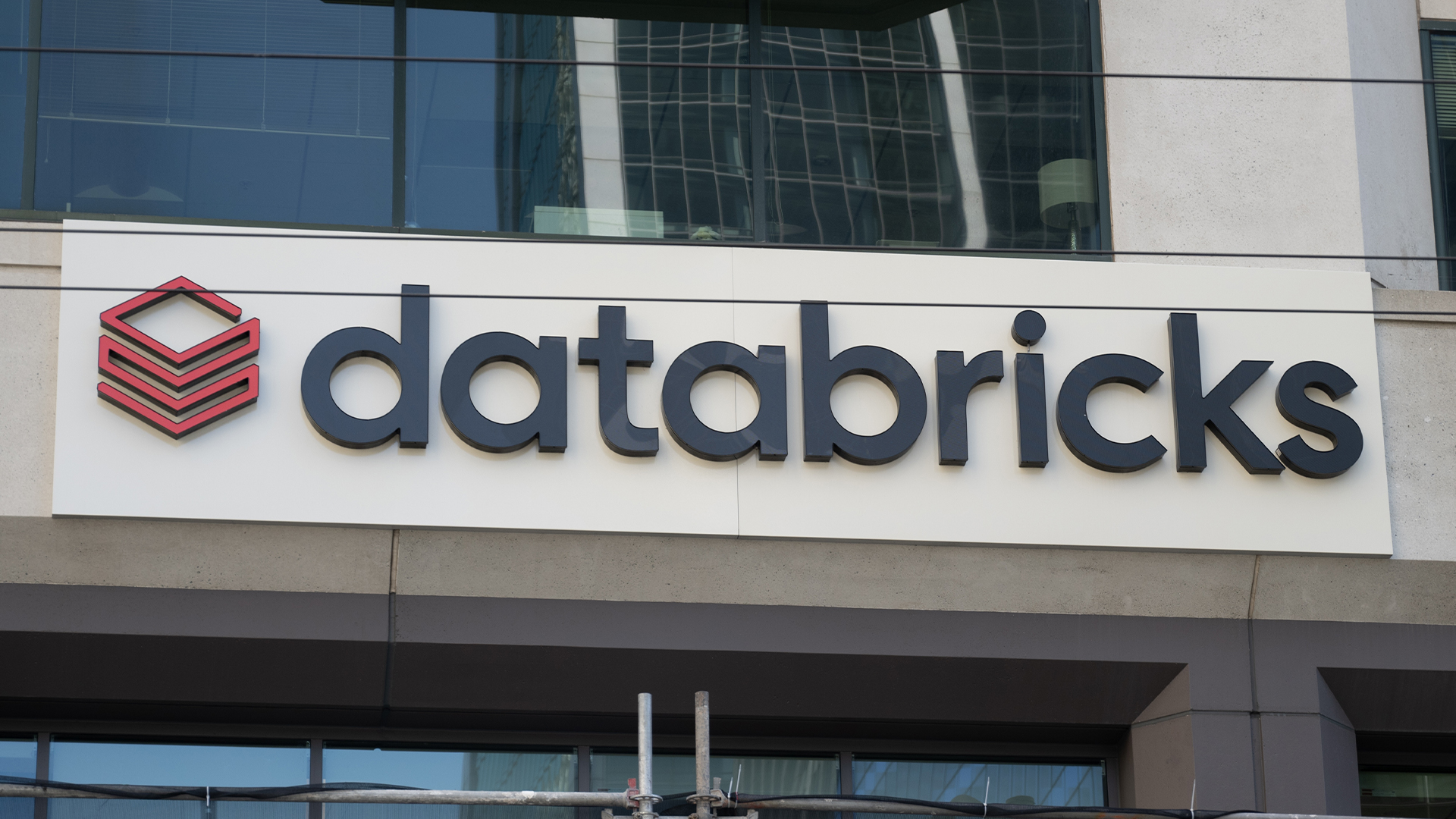 Databricks expands AWS partnership to drive generative AI capabilities
Databricks expands AWS partnership to drive generative AI capabilitiesNews The new agreement promises “unmatched scale and price performance” to help customers take genAI applications to market faster
By Daniel Todd Published
-
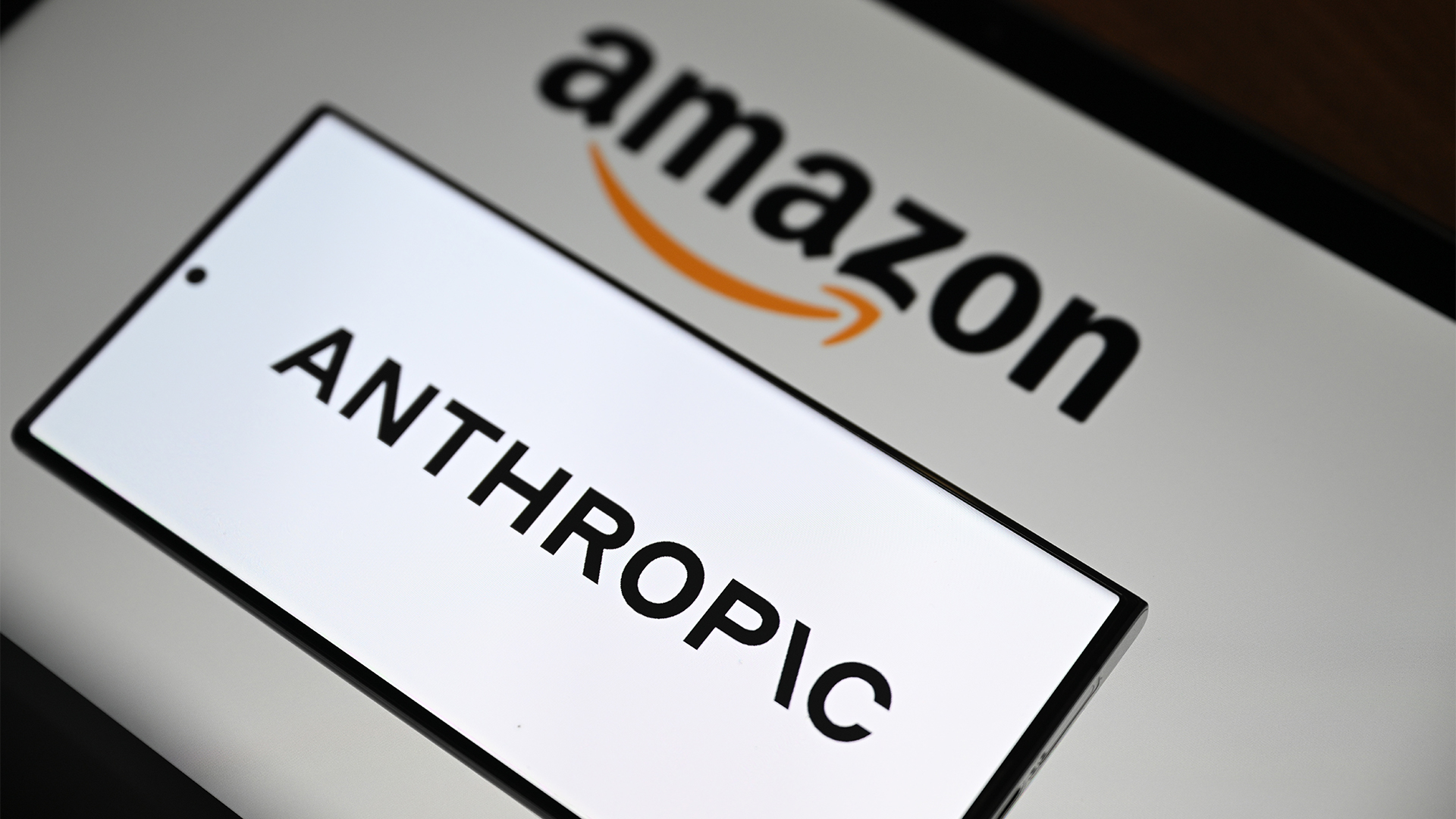 Amazon’s $4 billion investment in Anthropic faces UK competition probe – here’s what it means
Amazon’s $4 billion investment in Anthropic faces UK competition probe – here’s what it meansNews The CMA investigation into the Anthropic investment is the latest in a slew of probes by the competition regulator
By Emma Woollacott Published
-
 Hyperscaler AI spending is getting out of control — and Microsoft says it could take 15 years for it to make good on investments
Hyperscaler AI spending is getting out of control — and Microsoft says it could take 15 years for it to make good on investmentsNews Tech giants' results show billions being poured into AI infrastructure, but big leaps in revenue remain elusive
By Nicole Kobie Published